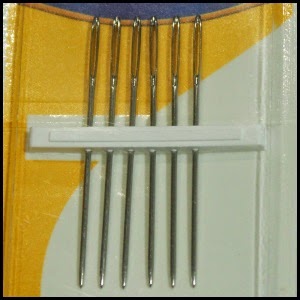 |
| Eevee |
 |
| Some of Eevee's favourite pastimes |
However... I was worried she was lonely. I work full time, and can be pretty busy on the weekends (or just wanting to sit and sew) so thought Eevee needed some company.
Enter Skimbles. Short for Skimbleshanks. As in the railway cat in "Cats". (T.S. Elliott/Andrew Lloyd Webber).
 |
| Skimbles |
 |
| Skimbles in action |
In my experience cats are notoriously hard to sex. When I was 13 I got a little black female kitten called Zanzibar and my younger brother got a tabby male kitten called Tiger. Only it turned out Zanzibar was a boy and Tiger was a girl. Again, good thing the names were unisex and that we weren't too worried about the sex.
 |
| My fur babies |
 |
| Eevee guarding us from Sadie the robo cleaner |
Skimbles is a kitten so wants to play. He likes to sit wherever Eevee is, his favourite toy is whatever Eevee is playing with, his second favourite toy is Eevee's tail, and his favourite game is 'chase Eevee around the house' (typical younger brother). He has a funny chirpy mew that doesn't sound like a mew. Skimbles has recently developed a habit of sleeping on top of me or right next to my head and will bat my eye/ear/nose if he thinks I need to be awake.
They both have to be in whatever room I am in, including the bathroom, and will sit by the shower wondering why on earth I enjoy the water. When they're on my bed they have to sleep touching me and get distressed if I move. Thankfully they also both love their scratching posts, although they also like my furniture. We're getting there.
 |
| Helping me stitch |
Do you have a stitching companion or two? I'd love to hear about them.
Happy Stitching!






























.jpg)

.jpg)
